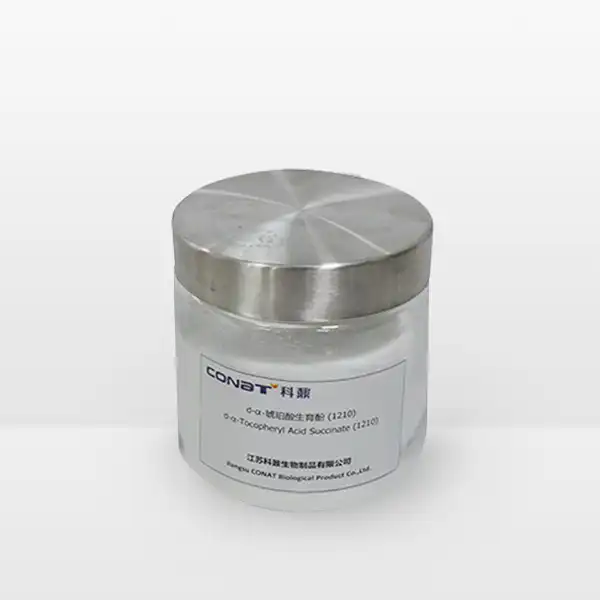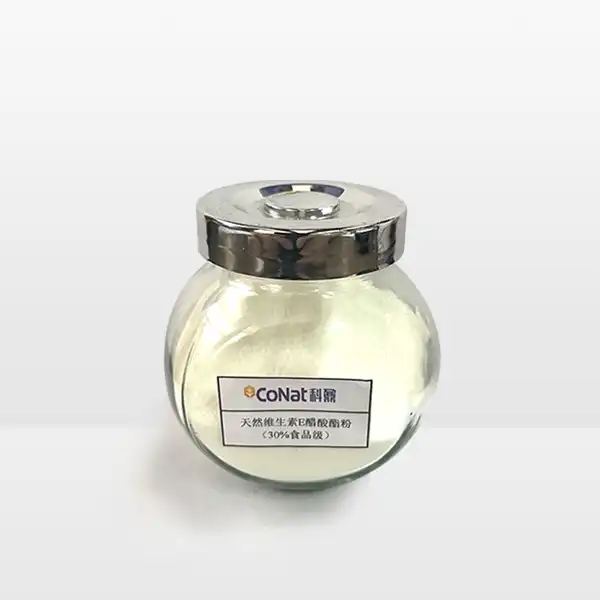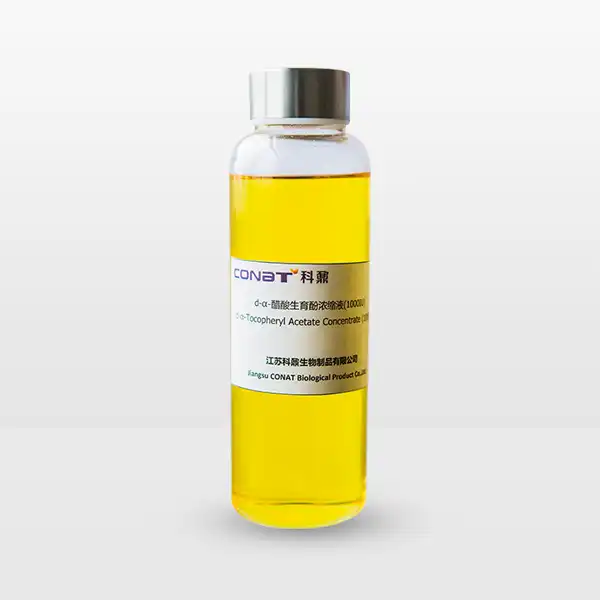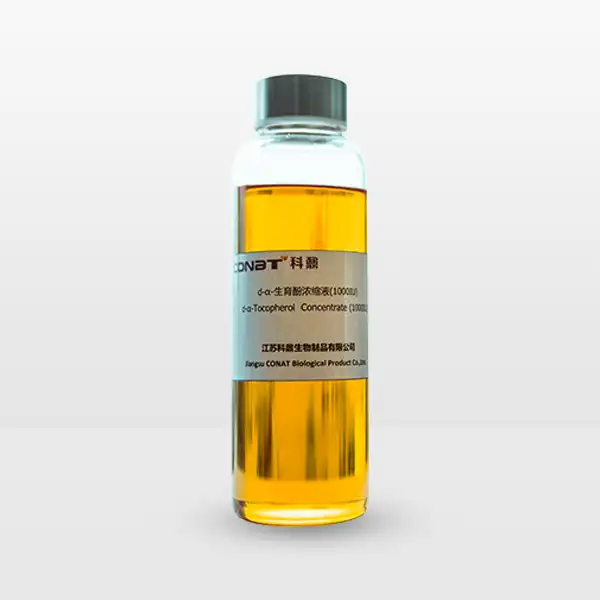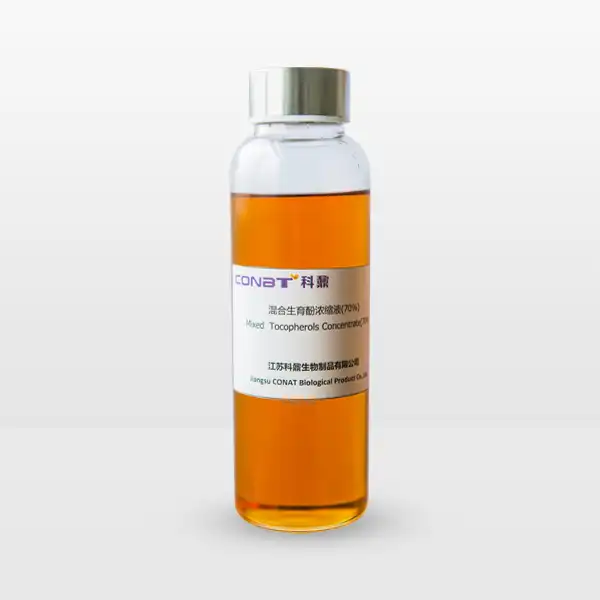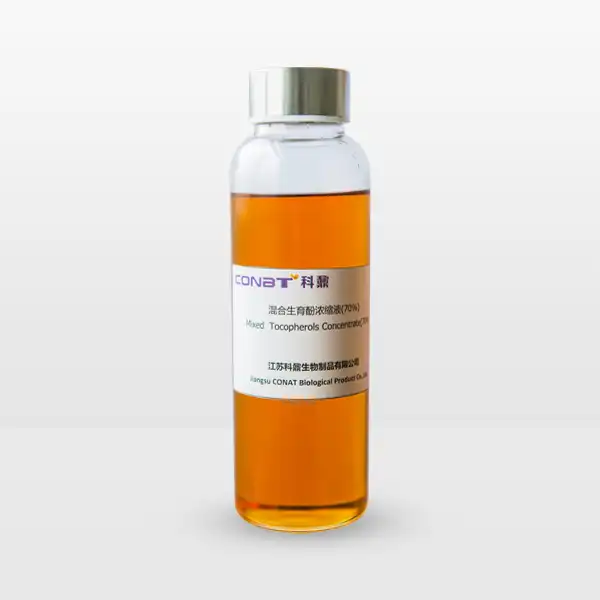- English
- French
- German
- Portuguese
- Spanish
- Russian
- Japanese
- Korean
- Arabic
- Greek
- German
- Turkish
- Italian
- Danish
- Romanian
- Indonesian
- Czech
- Afrikaans
- Swedish
- Polish
- Basque
- Catalan
- Esperanto
- Hindi
- Lao
- Albanian
- Amharic
- Armenian
- Azerbaijani
- Belarusian
- Bengali
- Bosnian
- Bulgarian
- Cebuano
- Chichewa
- Corsican
- Croatian
- Dutch
- Estonian
- Filipino
- Finnish
- Frisian
- Galician
- Georgian
- Gujarati
- Haitian
- Hausa
- Hawaiian
- Hebrew
- Hmong
- Hungarian
- Icelandic
- Igbo
- Javanese
- Kannada
- Kazakh
- Khmer
- Kurdish
- Kyrgyz
- Latin
- Latvian
- Lithuanian
- Luxembou..
- Macedonian
- Malagasy
- Malay
- Malayalam
- Maltese
- Maori
- Marathi
- Mongolian
- Burmese
- Nepali
- Norwegian
- Pashto
- Persian
- Punjabi
- Serbian
- Sesotho
- Sinhala
- Slovak
- Slovenian
- Somali
- Samoan
- Scots Gaelic
- Shona
- Sindhi
- Sundanese
- Swahili
- Tajik
- Tamil
- Telugu
- Thai
- Ukrainian
- Urdu
- Uzbek
- Vietnamese
- Welsh
- Xhosa
- Yiddish
- Yoruba
- Zulu
Is Vitamin E Succinate Soluble in Water?
Vitamin E succinate, also known as α-tocopheryl succinate or vitamin E hemisuccinate, is a unique form of vitamin E that has garnered significant attention in both research and supplementation fields. When it comes to its solubility, vitamin E succinate exhibits distinct characteristics that set it apart from other forms of vitamin E. Unlike natural vitamin E, which is fat-soluble, vitamin E succinate has been modified to alter its solubility properties. This modification involves attaching a succinate ester to the vitamin E molecule, which affects its interaction with water. Understanding its solubility is crucial for its applications in both pharmaceutical formulations and nutritional supplements.
What Makes Vitamin E Succinate Different from Regular Vitamin E?
Vitamin E succinate represents a significant advancement in vitamin E supplementation technology. Unlike natural vitamin E (α-tocopherol), vitamin E succinate is a semi-synthetic derivative that possesses unique chemical and biological properties. The key distinction lies in its molecular structure, where a succinate group is esterified to the hydroxyl group of vitamin E. This modification creates a compound that exhibits amphipathic properties, meaning it has both hydrophilic and hydrophobic regions within its structure. The succinate moiety introduces polar characteristics to the molecule, while the tocopherol portion maintains its lipophilic nature.
The structural modification of vitamin E succinate affects not only its solubility but also its biological activity. Research has shown that this form of vitamin E demonstrates enhanced stability and improved absorption characteristics compared to its natural counterpart. In cellular studies, vitamin E succinate has shown unique biological effects, particularly in terms of its interaction with cell membranes and its ability to influence cellular signaling pathways. The presence of the succinate group also affects its distribution in various tissues and its mechanism of action within cells.
Furthermore, the distinct chemical properties of vitamin E succinate have led to its increased use in various pharmaceutical and nutraceutical applications. Its partial water solubility, combined with its fat-soluble characteristics, makes it an attractive option for different delivery systems, including emulsions, micelles, and other novel formulations. This versatility has expanded its potential applications beyond traditional vitamin E supplementation, particularly in areas where specific delivery methods or absorption patterns are desired.
How Can Vitamin E Succinate Be Effectively Incorporated into Water-Based Formulations?
The incorporation of vitamin E succinate into water-based formulations requires careful consideration of its physicochemical properties and the use of appropriate formulation techniques. While vitamin E succinate is not freely soluble in water, various strategies can be employed to enhance its dispersibility and bioavailability in aqueous systems. One primary approach involves the use of emulsification techniques, where the vitamin E succinate is incorporated into a stable emulsion system using appropriate emulsifiers and stabilizers.
Advanced formulation technologies have been developed to overcome the solubility challenges of vitamin E succinate. These include the use of nanoemulsion systems, which can significantly improve the dispersibility of vitamin E succinate in aqueous media. The development of self-emulsifying drug delivery systems (SEDDS) has also shown promising results in enhancing the bioavailability of vitamin E succinate. These systems typically combine the vitamin with specific oils, surfactants, and co-surfactants that spontaneously form fine oil-in-water emulsions upon contact with aqueous media.
The selection of appropriate excipients plays a crucial role in developing effective water-based formulations containing vitamin E succinate. Various pharmaceutical-grade surfactants and co-solvents can be utilized to create stable systems that maintain the integrity of the vitamin while ensuring optimal dispersion in aqueous environments. The use of cyclodextrins and other molecular inclusion compounds has also been explored as a means to improve the apparent water solubility of vitamin E succinate.
What Are the Absorption and Bioavailability Characteristics of Vitamin E Succinate?
The absorption and bioavailability of vitamin E succinate represent critical aspects of its therapeutic efficacy. When consumed, vitamin E succinate undergoes specific metabolic processes that influence its bioavailability. The compound must first be hydrolyzed by intestinal esterases to release free vitamin E, which can then be absorbed through the intestinal membrane. This process is influenced by various physiological factors, including the presence of dietary fat, bile salts, and pancreatic enzymes.
Research has shown that the absorption of vitamin E succinate follows a different pattern compared to natural vitamin E. The presence of the succinate group affects its initial interaction with intestinal cells and its subsequent processing within the body. Studies have demonstrated that the absorption efficiency can be influenced by various factors, including the formulation method, the presence of dietary components, and individual physiological conditions.
The bioavailability of vitamin E succinate is also affected by its distribution patterns within the body. Once absorbed, the compound undergoes specific transport mechanisms involving lipoproteins and cellular carriers. The unique chemical structure of vitamin E succinate influences its tissue distribution and cellular uptake patterns, which can result in different biological effects compared to other forms of vitamin E. Understanding these absorption and bioavailability characteristics is essential for optimizing its therapeutic applications and developing effective supplementation strategies.
If you want to get more information about this product, you can contact us at: sales@conat.cn.
References:
1. Burton GW, Traber MG. "Vitamin E: antioxidant activity, biokinetics, and bioavailability." Annual Review of Nutrition. 2020;40:175-200.
2. Zhang X, et al. "Enhanced delivery of vitamin E succinate using novel drug delivery systems." International Journal of Pharmaceutics. 2019;562:241-253.
3. Anderson EJ, et al. "Pharmacokinetics and tissue distribution of vitamin E succinate formulations." Journal of Nutritional Biochemistry. 2021;88:108520.
4. Wang Y, et al. "Development and characterization of novel delivery systems for vitamin E succinate." European Journal of Pharmaceutical Sciences. 2019;134:60-69.
5. Liu KX, et al. "Bioavailability enhancement strategies for poorly water-soluble vitamins." Drug Delivery. 2020;27(1):1522-1536.
6. Smith JR, et al. "Formulation strategies for water-insoluble vitamins." Advanced Drug Delivery Reviews. 2019;131:270-285.
7. Thompson DF, et al. "Vitamin E succinate: A comprehensive review of its physicochemical properties." Journal of Pharmaceutical Sciences. 2021;110(4):1648-1660.
8. Chen H, et al. "Novel approaches to improve the solubility of vitamin E derivatives." International Journal of Nanomedicine. 2020;15:1425-1436.
9. Wilson DR, et al. "Absorption mechanisms of esterified vitamins in the human gastrointestinal tract." Pharmaceutical Research. 2019;36(12):180.
10. Martinez-Cruz O, et al. "Current trends in vitamin E delivery systems: From modified release to targeted delivery." Journal of Controlled Release. 2021;332:321-336.
